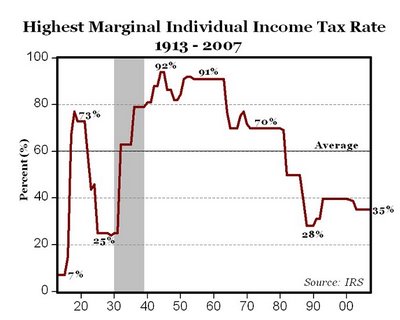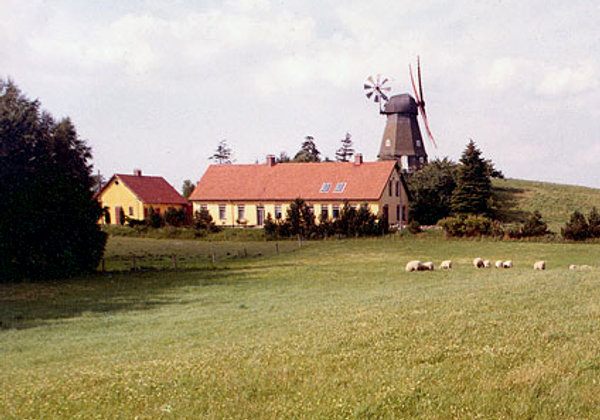The Ditch Witch machine makes a ditch, and a mess.
I’m sure I’ve complained before that the part of the building process that bothers me most is the excavation and the muddy mess it leaves. I plant grass, and it gets trampled, or dug up. On Tuesday the plumbing crew laid the underground pipe and wire to connect the pump house to the house. The house now has water. (The plumbing fixtures aren’t installed yet, just the pipes.) They also connected the house to the septic tank. The good thing is that two important inputs and outputs for the house — water and septic — are now working. The bad thing is that I have a scar from a ditch upon which I need to plant grass and throw straw before the rain starts.
There was major progress today on the inspections front. The county’s chief inspector came out today, and I now have those beautiful green stickers for four required inspections: plumbing rough-in, heating and air conditioning rough-in, electrical rough-in, and final framing. That means I’m clear to start the insulation job. The insulation contractor will start Tuesday. Putting in the insulation may take only one day. Then I’ll move on to drywall, which will take about a week.
I installed a lot of audio wiring today to connect the organ console, which will be on the first floor, to the speakers and amplifiers, which will be on the second floor. The organ’s wiring will be neatly inside the walls. For audio nerds, I installed three types of wire — speaker wire (10 channels, including 2 channels to the stairwell for the choir organ), unbalanced preamplifier audio wire (coax, 4 channels), and balanced preamplifier audio wire (shielded parallel pair, Belden 1800F, 4 channels). Some work remains to install wiring for telephone, television, and the security cameras. The inspector didn’t seem too concerned about that, since that type of wiring doesn’t present safety issues.
If there are no hitches, I’ll be able to move into the house next month!


